Space fossils
Astronomers have just announced a groundbreaking discovery: a distant galaxy that has remained virtually unchanged for billions of years, opening the door to an ancient picture of the early universe.
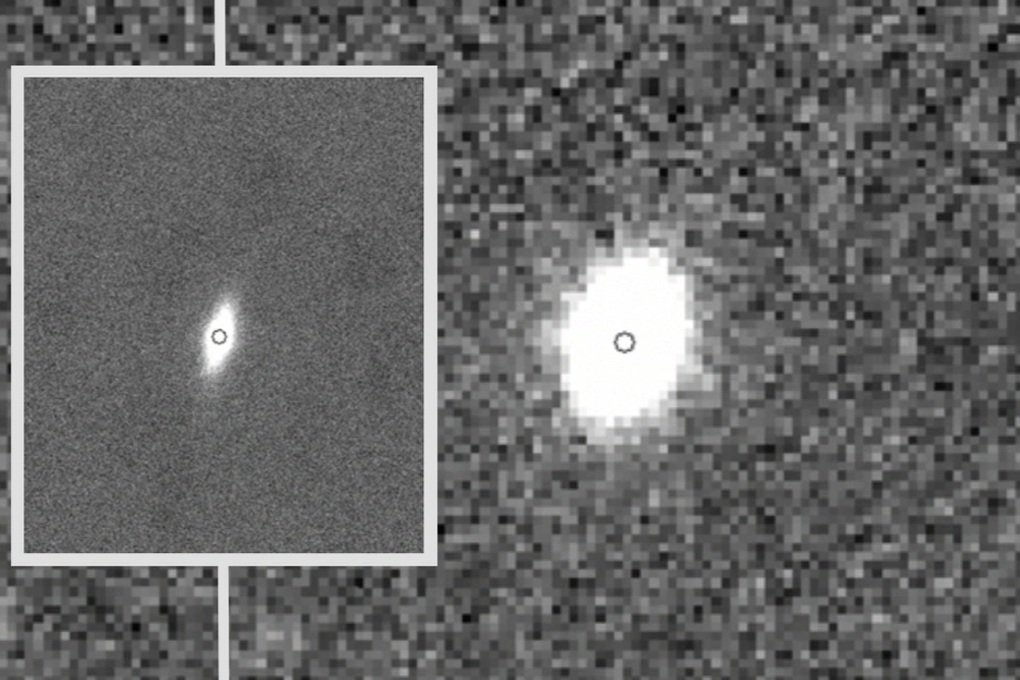
Galaxy KiDS J0842+0059 observed with the VST Telescope (Image: VST).
The galaxy named KiDS J0842+0059, located about 3 billion light years from Earth, is considered by scientists to be a “cosmic fossil”. This term is used to refer to ancient galaxies that have been preserved almost intact over a long period of time, without being disturbed by collisions or mergers with other galaxies.
KiDS J0842+0059 first came to the attention of scientists in 2018 as part of the Kilo Degree Survey (KiDS) project. It immediately attracted special attention due to its unusual characteristics.
Despite its enormous mass, estimated at 100 billion times that of the Sun, the galaxy is extremely compact compared to other galaxies of its mass. More importantly, it has formed almost no new stars for most of its life, a clear sign of evolutionary quiescence.
Initial data from the VST helped scientists identify the galaxy, but it wasn't until the LBT's advanced adaptive optics system provided higher-resolution images that its true structure was confirmed.
“Everything points to an ancient galaxy that is compact, pristine and undisturbed,” said researcher Crescenzo Tortora of the National Institute of Astrophysics (INAF). “This is a true archaeological discovery in astronomy. It allows us to understand how the first galaxies formed and helps explain the evolution of the universe to the present day.”
The key to reconstructing the history of the early universe
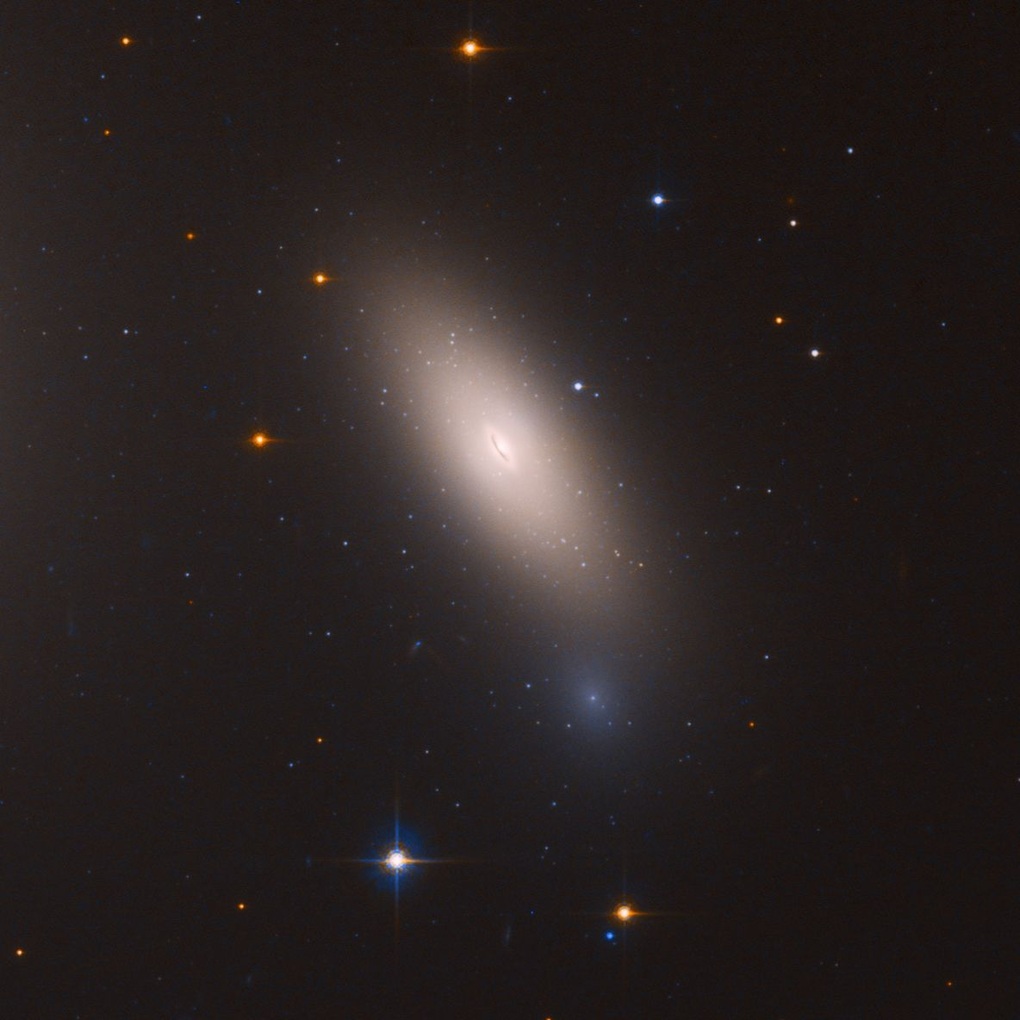
Image of the galaxy NGC 1277 as seen by the Hubble Space Telescope (Image: Hubble).
The term “fossil galaxy” is not new, but confirmed cases are very rare, especially at distances as great as KiDS J0842+0059.
Previously, the galaxy NGC 1277 in the Perseus Cluster (240 million light-years from Earth) was considered a prime candidate for this group. However, KiDS J0842+0059 marks a major step forward: it is not only farther away and older, but also has a morphology extremely similar to the primordial galaxies that formed in the early universe.
One of the most striking scientific discoveries is the ability of this galaxy to maintain its isolation and structural stability for billions of years.
In the context of a universe with high matter density, where galaxies continuously undergo gravitational interactions, collisions and mergers, the long-term existence of a galaxy without any significant impact from the surrounding environment is considered a particularly rare phenomenon and of great value in the study of cosmic evolution.
Because it is undisturbed by the surrounding environment, KiDS J0842+0059 happens to be an ideal “time capsule,” allowing scientists to study the early physical characteristics of a galaxy, from its stellar composition, matter density, to its structural morphology.
“We are the first to observe a distant relic galaxy with such high resolution,” said astronomer Chiara Spiniello from the University of Oxford. “It has a shape similar to compact galaxies discovered in the early universe.”
This discovery also contributes to strengthening an important theory in astronomy, which suggests that today's giant galaxies are more likely to have formed from primordial compact cores, through a process of matter accumulation and galaxy mergers lasting billions of years.
Source: https://dantri.com.vn/khoa-hoc/phat-hien-thien-ha-bi-dong-bang-suot-7-ty-nam-20250701115303873.htm



![[Photo] Red flag with yellow star flutters in France on National Day September 2](https://vphoto.vietnam.vn/thumb/1200x675/vietnam/resource/IMAGE/2025/8/28/f6fc12215220488bb859230b86b9cc12)
![[Photo] Prime Minister Pham Minh Chinh meets with Speaker of the New Zealand Parliament Gerry Brownlee](https://vphoto.vietnam.vn/thumb/1200x675/vietnam/resource/IMAGE/2025/8/28/cec2630220ec49efbb04030e664995db)
![[Photo] General Secretary To Lam attends the opening ceremony of the National Achievements Exhibition](https://vphoto.vietnam.vn/thumb/1200x675/vietnam/resource/IMAGE/2025/8/28/d371751d37634474bb3d91c6f701be7f)

![[Photo] General Secretary To Lam presents the 45-year Party membership badge to comrade Phan Dinh Trac](https://vphoto.vietnam.vn/thumb/1200x675/vietnam/resource/IMAGE/2025/8/28/e2f08c400e504e38ac694bc6142ac331)
![[Photo] Politburo works with the Standing Committee of Cao Bang Provincial Party Committee and Hue City Party Committee](https://vphoto.vietnam.vn/thumb/1200x675/vietnam/resource/IMAGE/2025/8/28/fee8a847b1ff45188749eb0299c512b2)
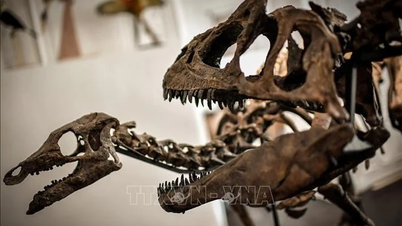

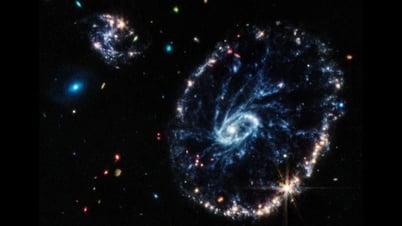
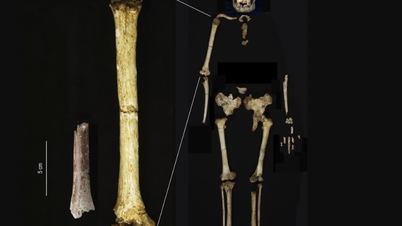
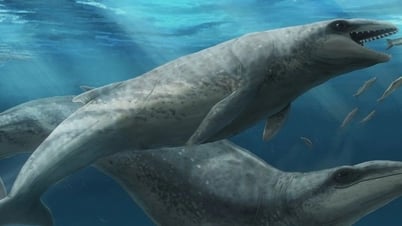
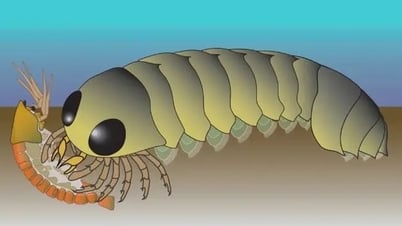
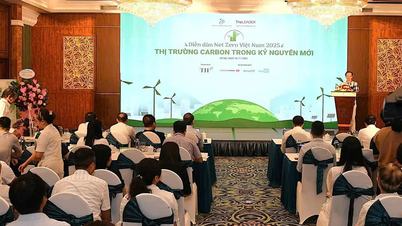



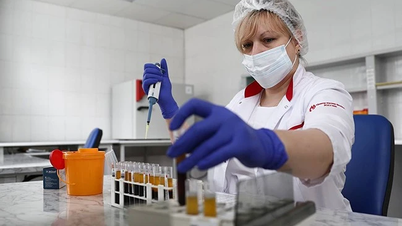


















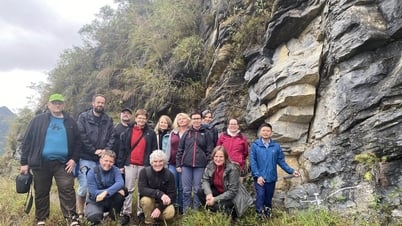


































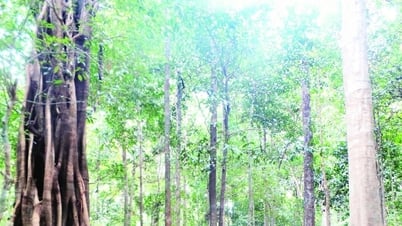






















Comment (0)